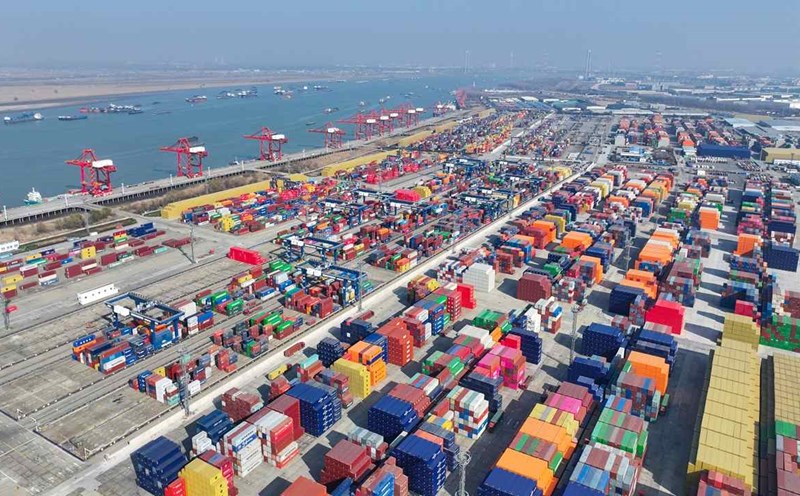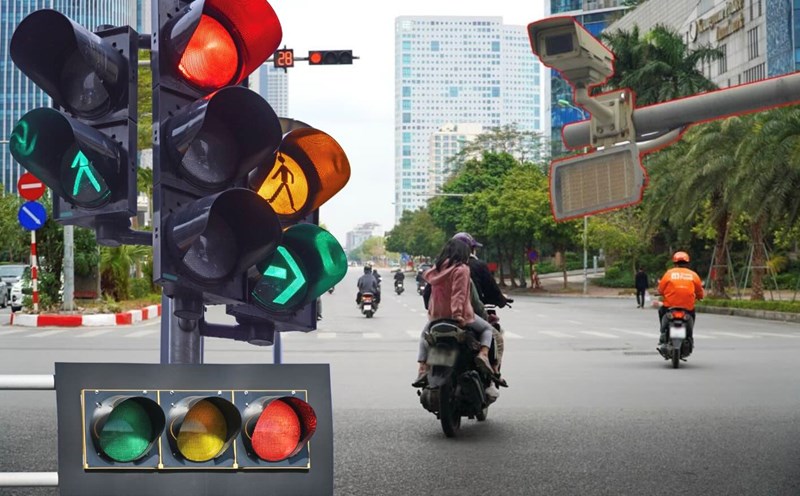Important milestone of the Party
Kim Binh land has an important strategic position in the Safe Zone, so it was chosen by the Party Central Committee as the location to hold the Congress according to Uncle Ho's instructions: "From the sky, you can see nothing, from the ground, you can see nothing."
The Second National Congress of the Party took place from February 11 to 19, 1951 in Na Loang forest (Kim Binh commune). The congress was attended by 158 official delegates and 53 alternate delegates representing more than 766,000 Party members of the Party Committees of Vietnam, Laos and Cambodia.
The Congress also decided to bring the Party into public operation under the new name of the Vietnam Workers' Party. To date, this is also the only Congress held outside the capital Hanoi.

The Congress approved the Political Report presented by President Ho Chi Minh, affirming the policy of all-people, comprehensive, long-term resistance and relying mainly on one's own strength.
Decided to change the name of the Indochinese Communist Party to the Vietnam Workers' Party, in accordance with the new tasks of the revolution. Established the Lien Viet Front to expand the great national unity bloc and elected the Party Central Committee, in which Ho Chi Minh continued to be elected as Chairman and Truong Chinh as General Secretary.
Pride of revolutionary land
In the early days of the new spring of At Ty, on the land of Kim Binh, the old men and women who witnessed that historical event are now at a rare age, but their memories and pride are still intact.
Mr. Nong Van Tieu (90 years old, Dong Cot village, Kim Binh commune) is one of the few locals who served the Second Congress. At that time, Mr. Tieu was just a teenager who had just turned 16 years old.
Although his eyesight is dim and his hands are weak, when asked about his memories of the Congress, Mr. Tieu still remembers every detail: "Never before has the atmosphere in the village been so joyful and bustling, hundreds of delegates from all over gathered here. The village was like a festival."

That day, Mr. Tieu and the villagers were mobilized with the cadres of Nguyen Ai Quoc school to work day and night to build the facilities for the Congress. In just 4 months, the conference hall on Na Loang hill and about 30 houses made of wood, bamboo, reed and leaves were completed.
Looking at the forest in front of his house, Mr. Tieu's eyes lit up: "All activities took place under the forest canopy, the Party Congress, very safe, thanks to that year we were able to play shuttlecock throwing, enjoy the Spring safely without fear of anything."
For Mr. Hoang Van Bao (88 years old, Khuon Nhu village), 1951 was an unforgettable Lunar New Year. The people of Kim Binh had a warm Tet celebration with Uncle Ho and the delegates.
"Uncle Ho and the delegates also played sports and performed cultural activities with the people, so the people's memories of the Congress were not only of the country's important event but also of the closeness and simplicity of Uncle Ho and the delegates, the Party's loyalty and the people's affection," Mr. Bao recalled.

Today, the revolutionary land of Kim Binh is constantly changing and moving forward, the lives of the local people are gradually improving. Kim Binh commune is also one of the first localities to complete the construction of new rural areas and move towards advanced new rural areas.
Mr. Ma Dinh Vu - Chairman of Kim Binh Commune People's Committee - said that the infrastructure and facilities are constantly being improved. The poverty rate has also decreased gradually each year and is currently below 5%.
"There are not many witnesses to the Congress of the past, but the story of the historical event and the pride of the people in the revolutionary land are still passed down through the generations," Mr. Vu shared.











